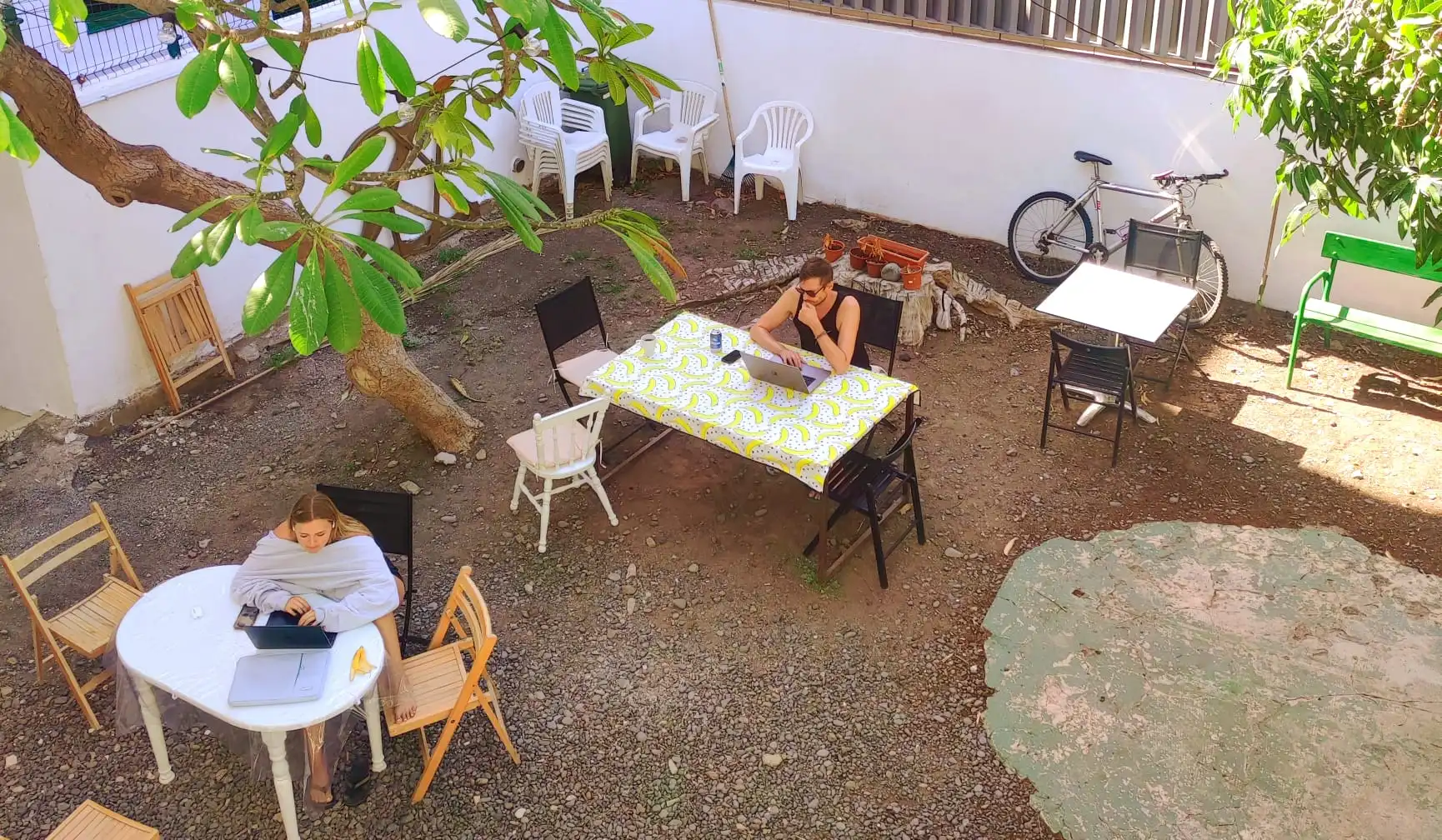The Rise of Co-living in Spain: A New Way of Life in Urban and Rural Areas

In recent years, co-living has emerged as a popular trend in Spain, offering a fresh alternative to traditional housing models. Rooted in the idea of shared spaces and communal living, co-living brings together people from diverse backgrounds to live, work, and socialise in a supportive environment. While it began in urban centres like Madrid and Barcelona, co-living has now spread to rural areas, offering a flexible lifestyle for individuals seeking connection and affordability. But what is driving this rise in co-living in Spain, and who is it really for?
What is Co-living?
Co-living is a shared housing concept where residents, often strangers, live together in a communal setting, sharing common spaces such as kitchens, living rooms, and workspaces while having private bedrooms. This model promotes a sense of community, collaboration, and shared responsibility, appealing to a generation looking for more sustainable and cost-effective living options.
The Appeal of Co-living in Spain
- Affordability: One of the key drivers of co-living is affordability, especially in major cities where rent prices are increasingly unaffordable. In urban areas, co-living offers a solution by providing fully-furnished, serviced spaces at a fraction of the cost of traditional flats. In rural areas, co-living offers the added benefit of lower living expenses while maintaining a community-centred lifestyle in a glorious natural environment.
- Flexibility: Co-living spaces are designed to be flexible, offering short-term leases that cater to modern professionals, freelancers, or digital nomads who prioritise flexibility over long-term commitment. This attracts a mobile workforce that thrives on the ability to move easily between cities or countries.
- Community: At the heart of co-living is the sense of community. Many people, particularly younger generations, are moving away from traditional, isolated living arrangements in favour of environments where they can interact with others, form social connections, and collaborate. This is especially true for digital nomads and remote workers, who may miss the social interaction of an office setting.
- Work-life Integration: The rise of remote work has played a significant role in the popularity of co-living spaces, many of which are equipped with co-working facilities. This allows residents to live and work in the same location, blurring the lines between home and work life. In rural co-living spaces, the allure of living in nature while working from home has attracted professionals looking for a more balanced lifestyle.
- Sustainability: Many co-living spaces promote sustainable living practices. This may include energy-efficient buildings, shared resources, and a focus on community-driven activities such as communal gardening or shared transportation. The growing environmental consciousness among younger generations has made this an appealing aspect of co-living.
- Social and Professional Networking: Co-living fosters opportunities for networking and collaboration, both socially and professionally. Residents often form friendships or professional connections that extend beyond their living arrangement, making it an attractive option for entrepreneurs, freelancers, and creatives looking to expand their network.
Co-living for All Ages
While co-living is often associated with younger generations—millennials and Gen Z, in particular—it is increasingly open to people of all ages. Seniors and retirees are discovering the benefits of communal living, especially in rural co-living setups where they can enjoy a slower pace of life while still being part of a community.
Some co-living spaces are specifically tailored to older adults, providing social engagement, shared resources and support, which can alleviate the isolation many seniors experience in traditional housing. In these cases, co-living serves not only as a housing solution but also as a way to combat loneliness and promote well-being through social interaction.
Urban vs. Rural
- Urban Co-living: In cities like Madrid, Barcelona, and Valencia, co-living is booming as a response to skyrocketing rent prices and the growing remote work culture. Urban co-living spaces often target young professionals, offering easy access to city amenities while providing a modern, flexible housing solution.
- Rural Co-living: On the other hand, co-living in rural areas is gaining traction among those seeking an escape from the fast pace of city life. Rural co-living spaces often focus on nature, sustainability, and wellness, attracting people interested in outdoor activities, gardening, or simply living in a more peaceful environment. For remote workers and digital nomads, rural co-living offers the perfect blend of tranquillity and productivity.
Establish Your Own Co-Living Centre
Co-living has firmly established itself as a viable housing option in Spain, appealing to a wide demographic, from digital nomads to seniors, and those in between. The ability to combine affordability, flexibility, and community has made it an attractive solution for many, while its expansion into rural areas provides even more options for those looking to escape the urban grind. Buy a property in Andalucia with its favourable climate, excellent transport links and inexpensive prices! How about these properties?
For help in setting up a co-living space:


